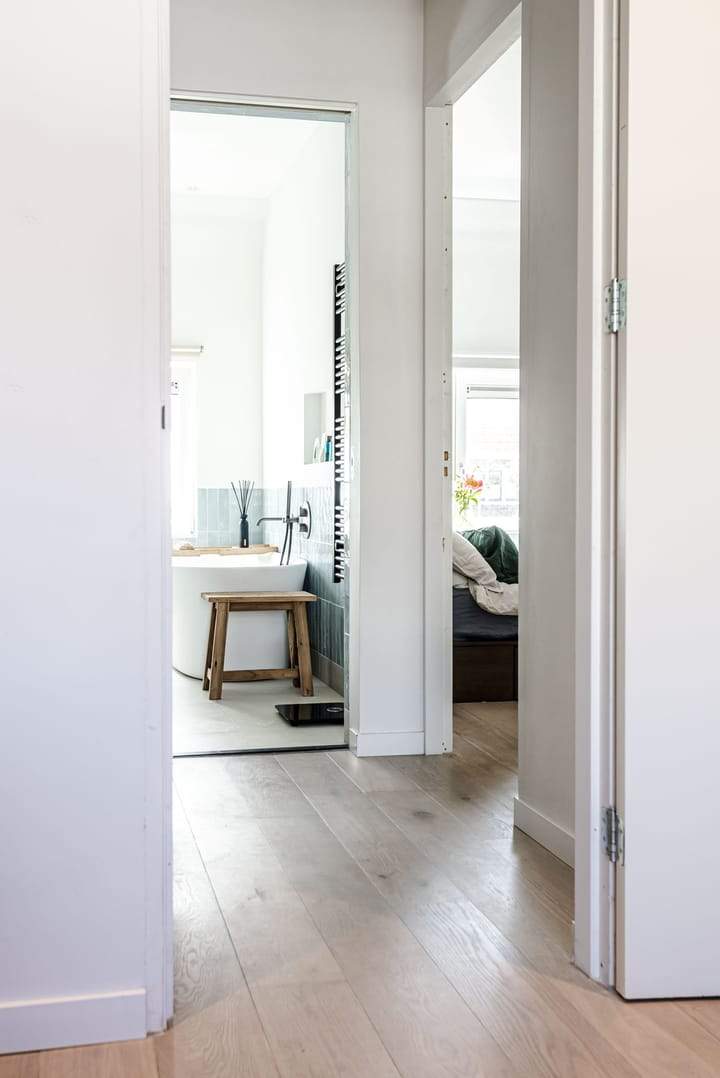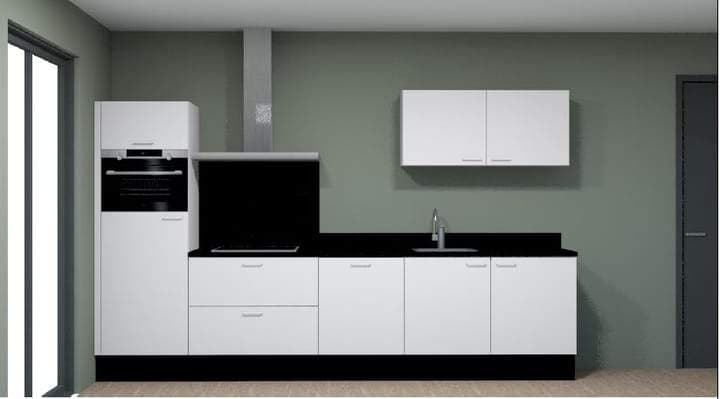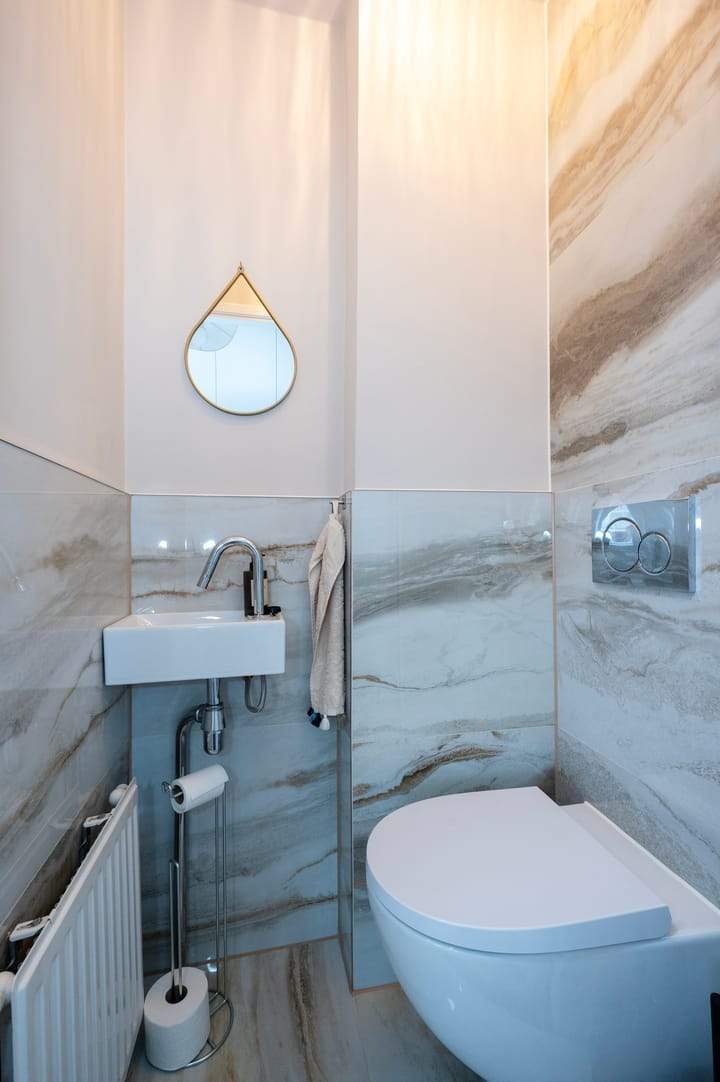A Hazard in Historic Homes
Lead-based paint (loodhoudende verf) is a toxic substance that was commonly used in residential construction in the Netherlands until its use was heavily restricted and eventually banned. As a general rule, it is only a potential concern in buildings constructed before 1960. Intact, undisturbed lead paint on a wall is not considered an immediate, acute hazard. The danger arises when the paint starts to flake, peel, or chip, or during renovations when it is sanded, creating toxic dust that can be inhaled or ingested, posing a serious health risk, especially to children.
Landlord's Duty to Provide a Safe Home
The presence of deteriorating lead paint is considered a 'defect' (gebrek), and its remediation is the landlord's responsibility as part of their duty to provide a safe and healthy home. The tenant should notify the landlord in writing if they discover paint that is flaking or peeling in an older property. The landlord is then obligated to address the issue. Proper remediation does not always mean stripping all the paint; it can also involve encapsulating it by painting over it with a special sealant and modern, safe paint. Any renovation work in a pre-1960 home that involves sanding or disturbing old paint layers should be carried out by professionals using appropriate safety measures.


















